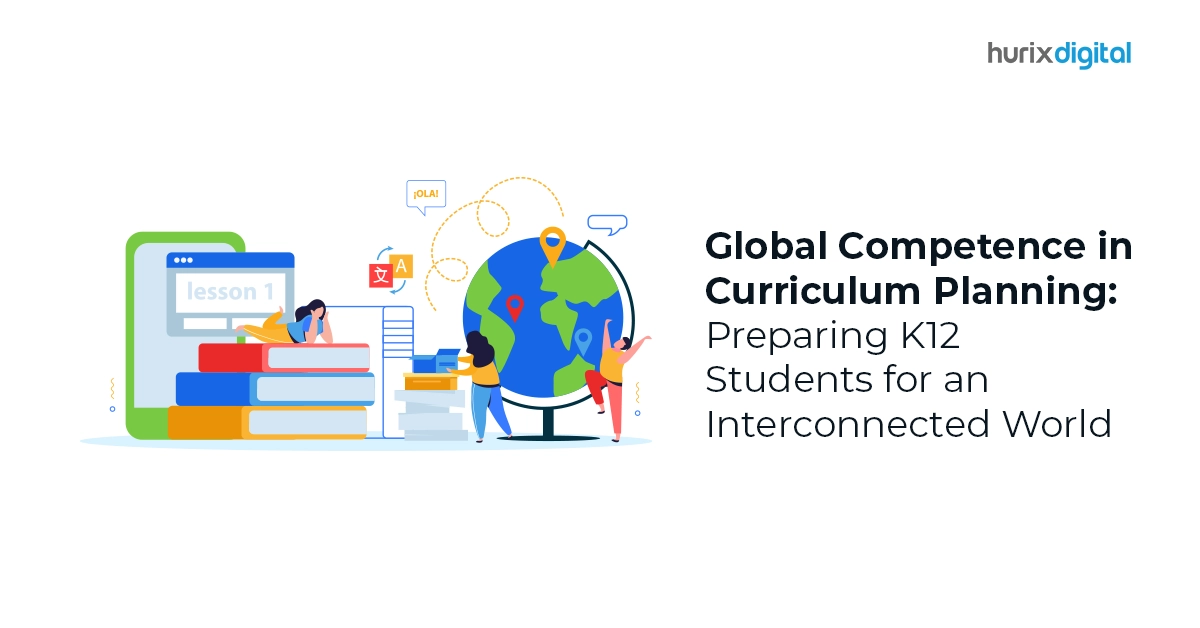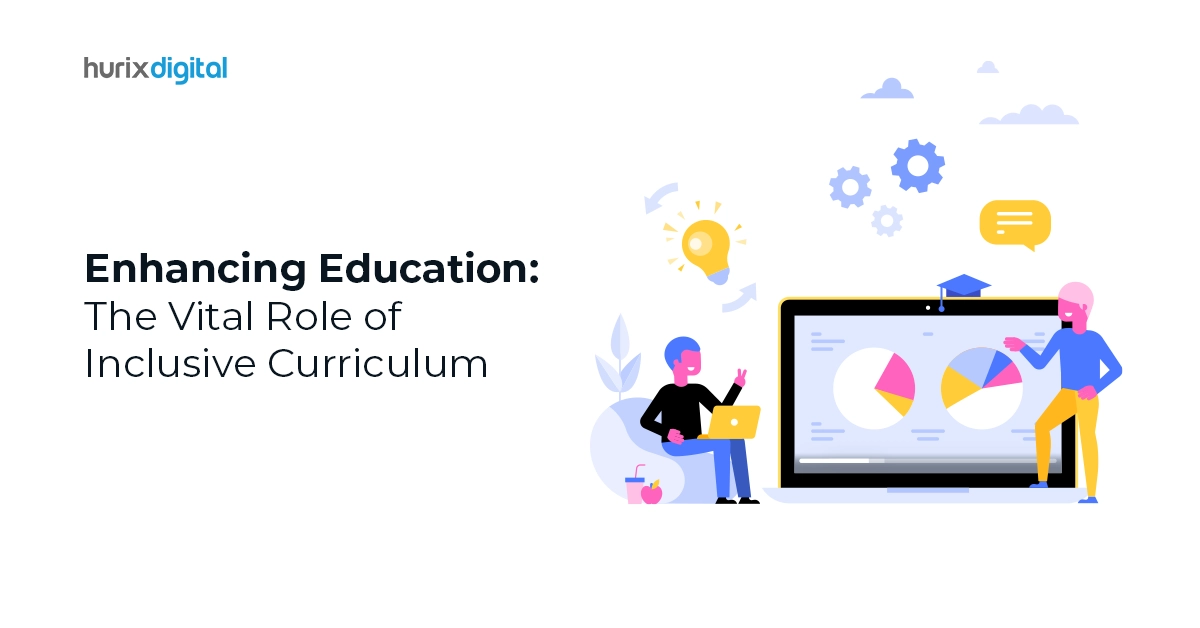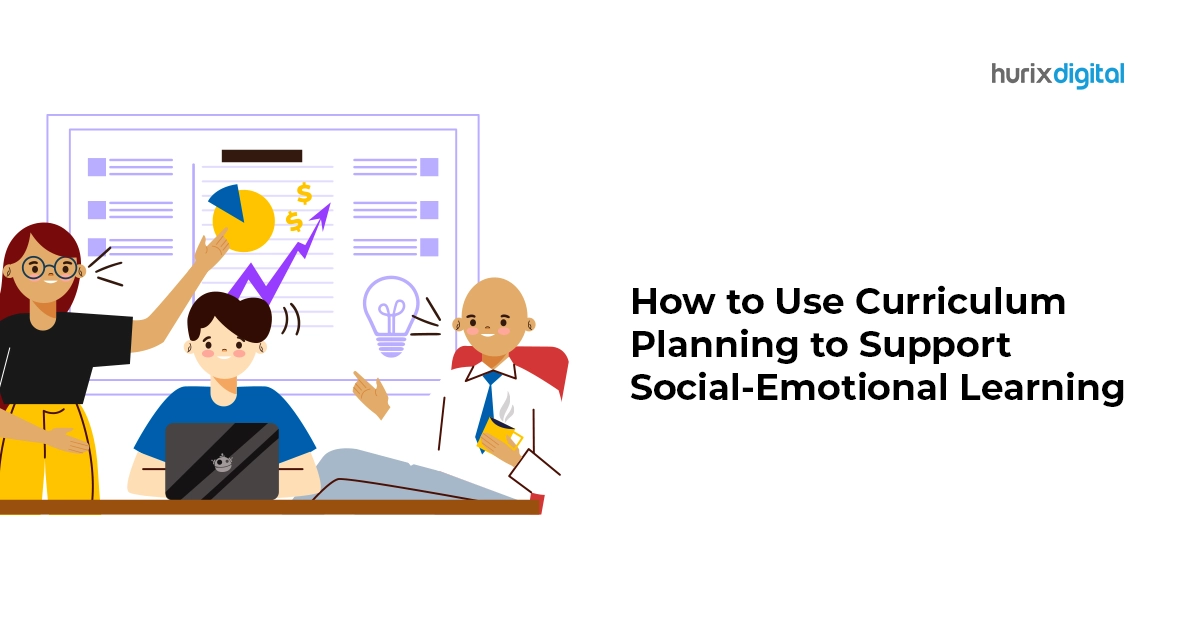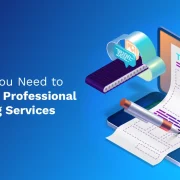
The Importance of Curriculum Planning for Effective Learning
Curriculum planning for effective learning is the structured process of designing educational experiences that align with learning goals, instructional strategies, and assessment methods. It ensures students receive coherent, relevant, and engaging instruction that supports measurable learning outcomes.
The curriculum lays down an educational framework governing the instructional and learning methodologies. Curriculum planning is an essential aspect of effective teaching that establishes the groundwork of students’ academic careers. It involves designing, developing, and implementing educational courses with significant input from teachers, including the objectives, content, and assessment methods.
In addition to ensuring that students have sound knowledge of what is expected of them academically, a well-planned curriculum establishes a meaningful and engaging learning environment. An effective curriculum offers teachers, students, school administrators, and community stakeholders a quantifiable strategy and structure for delivering quality education.
Table of Contents:
- What is Curriculum Planning for Effective Learning
- What are the Ways Curriculum Planning Can Achieve the Intended Student Development Outcomes?
1. Define Learning Goals and Objectives
2. Consistent and Coherent Content
3. Improved Assessment and Feedback
4. Increased Engagement and Motivation
5. Personalized Learning
6. Collaboration and Consistency - The Bottom Line
What is Curriculum Planning for Effective Learning?
Curriculum planning for effective learning is the process of strategically designing, organizing, and structuring educational content, learning experiences, and assessment methods to ensure that students achieve specific learning outcomes. It goes beyond simply selecting topics or creating lesson plans — it aligns teaching methods, learner needs, goals, and assessment in a cohesive framework.
The curriculum specifies the learning outcomes, standards, and competencies students must demonstrate before proceeding to the next level. An evidence-based curriculum provides students with the necessary skills and knowledge, functioning as a road map directing instructors and students to academic success.
Curriculum planning should be extensive, emphasizing cognitive growth domains and social, emotional, and aesthetic development. A student-centered approach to curriculum planning encourages diversification, adaptability, and consistency across levels.
Thoughtful consideration is imperative to accomplish the primary objective of the planning process- successful student learning in an organized and systematic manner. Designing a well-conceived curriculum with learning objectives in mind can serve as a reference guide for the instructor in the classroom while guaranteeing that the teacher effectively conveys the right content to the students.
The curricular plan ensures that daily instruction serves a greater purpose by dissecting a complex idea into smaller comprehensible portions. Curriculum planning induces well-coordinated, quality teaching, learning, and assessment programs enhancing students’ disciplinary knowledge and behaviors alongside their interdisciplinary, physical, personal, and social aptitudes.
What are the Ways Curriculum Planning Can Achieve the Intended Student Development Outcomes?
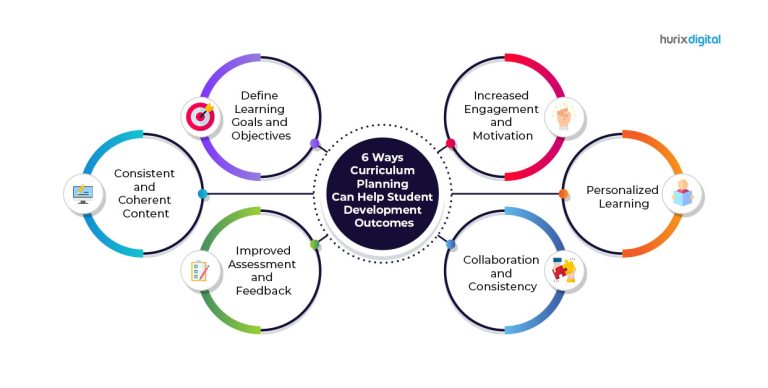
1. Define Learning Goals and Objectives
A curriculum plan incorporates multiple scheduled activities and learning objectives while defining the target outcomes regarding each subject. It serves as a road map, laying out your course and the actions required to realize the purpose of education.
Students can understand what is expected of them to achieve their true potential. Distinct goals provide a directive, keep students motivated, engaged, and focused on their learning, leading to better academic outcomes.
2. Consistent and Coherent Content
A well-planned curriculum aids in preventing or eliminating gaps in learning and ensures optimum coverage of all domains within the curriculum. Continuity of learning between fields across various levels enables a logical progression of instruction, building on previously grasped concepts and skills.
Cohesiveness in teaching, learning, and assessment practices ensures the entire scope of students’ learning needs is addressed.
3. Improved Assessment and Feedback
Curriculum planning marks student progression on a learning curve, providing a reference point for evaluating the learning progress. Teachers can formulate assessments that accurately measure student growth by establishing clear learning objectives and expectations.
Effective assessment allows teachers to provide immediate feedback to students by identifying areas of strength and progress, reaching out to extend support, and making necessary adjustments to curriculum and delivery methods to facilitate student comprehension.
Curriculum planning fosters a culture of continuous improvement, where teachers are motivated to reflect on their practice, share feedback, and refine their strategies over time, leading to better outcomes for students while supporting the ongoing professional growth and development of teachers.
4. Increased Engagement and Motivation
Hurix Mini-Book:
The Paradigm Shift in Higher Education with Curriculum Development
A curriculum built around student needs, interests, and goals of students garners engagement and motivation. Curriculum planning, wherein learner-centeredness is the essence, yields higher student satisfaction and retention rates.
Assignments, activities, and learning experiences customized with differentiated lesson plans encourage students to seek answers, exercise their imagination and discretion, and help them develop into confident and self-directed individuals.
5. Personalized learning
The delivery of personalized learning solutions that complement each unique learning preference and cater to individual academic strengths is made possible by careful curriculum development.
A student-oriented approach to curriculum planning represents a fusion of educational practices and instructional strategies tailored to student needs. A learner-centered curriculum enables the attainment of individual educational aspirations while providing affluent opportunities to improve student learning abilities through a self-directed learning path.
6. Collaboration and Consistency
Collaboration is an essential facet of k12 curriculum planning as it enables teachers to pool their expertise, knowledge, and resources to create a cohesive and consistent learning experience for their students.
Teachers can share their perspectives, insights, and strategies to improve the quality of instruction and support a more effective teaching and learning process when they work in unison to plan a curriculum. Sharing resources such as lesson plans, instructional materials, and assessments mitigates the workload and avoids duplication of effort.
They can also benefit from mutual experiences, ideas, and viewpoints, which assist in determining their strengths and weaknesses and making alterations to the curriculum as necessary.
Working together to develop common instructional goals and standards ensures that students are exposed to the same concepts and skills, regardless of the teacher or classroom, encouraging consistency in teaching across classrooms.
The Bottom Line
Curriculum planning enumerates all elements and dimensions of learning deemed essential. It combines key concepts, skills, and knowledge students need to excel with the appropriate teaching strategies, resources, and assessments to augment their learning. A well-planned curriculum is essential for creating a conducive learning environment that fosters academic growth.
Effective curriculum planning must consider the diverse needs and abilities of the learners, including their cultural backgrounds, learning styles, and individual interests. This ensures that learning is accessible, relevant, and engaging to all students. Curriculum decisions have far-reaching consequences for students and teachers in a K-12 education journey and beyond.
K12 curriculum should undergo regular evaluation to preserve its efficacy in light of the shifting demands of society at large. Curriculum planning also involves ascertaining the scope and sequence of learning in a structured manner and ensuring the introduction of concepts coherently. Ensuring students have the necessary background knowledge and skills to build on as they progress through their academic journey is crucial.
The dawn of digital initiatives in learning and the importance of curriculum development in formal education has triggered the proliferation of digital curriculum providers. With over two decades of experience in the industry, Hurix has undoubtedly gained valuable insights into the best practices for curriculum planning and execution.
Hurix’s expertise in providing content authoring and distribution services can significantly benefit K-12 education companies combined with its intuitive curriculum planning and monitoring platform.
The platform can help instructors plan and execute their curriculum efficiently, leveraging the monitoring feature on the platform to track student progress and adjust their teaching strategies accordingly.
Also Read – The Importance Of Curriculum Development In Enhancing Teaching And Learning
Frequently Asked Questions (FAQs)
1. Can curriculum planning help address diverse learning needs?
A. Yes, curriculum planning allows for the integration of diverse teaching methods, resources, and assessments, enabling educators to meet the unique learning needs of a diverse student population.
2. What role does curriculum planning play in achieving learning objectives?
A. Curriculum planning aligns learning objectives with instructional strategies and assessments, ensuring that students receive targeted instruction to meet specific learning goals.
3. Is curriculum planning an ongoing process or a one-time activity?
A. Curriculum planning is an ongoing process that involves regular review and revision to adapt to evolving educational needs, incorporate feedback, and stay relevant in an ever-changing educational landscape.
4. How does curriculum planning contribute to student engagement?
A. Effective curriculum planning incorporates student interests, real-world applications, and varied instructional strategies, fostering student engagement and motivation to learn.
5. What is the role of curriculum planning in educational institutions?
A. Curriculum planning helps educational institutions create a structured and cohesive framework for delivering quality education, ensuring consistency across classrooms and grade levels.

Senior Vice President – Business Development
at Hurix Digital, with over 25 years of experience in EdTech and workforce learning. He excels in business development, customer relationship management, and scaling digital learning solutions, driving global growth through innovative content, simulations, and AI‑driven training offerings

